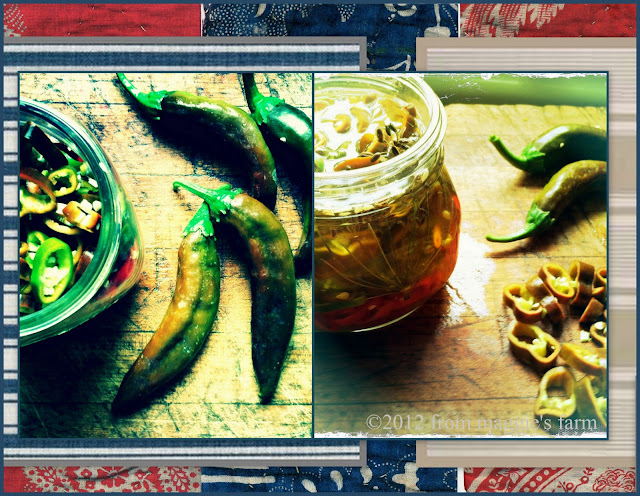notes from maggie's farm
True to form, August rolls in with a heat for which no civilized words can be tendered. Despite the tireless daily watering efforts, many gardens are simply dried and done for. Though it may seem that all is over but the canning, it's time to prepare for, perhaps, the most pleasant time of the Central Texas garden--Fall! We're lucky, here, to have a fall so temperate as to get a second lease on vegetable and flower life, and a little preparation and planting now, especially when spent in the cooler earliest daylight and late evening hours, will have you gardening in the more pleasant months ahead."How sociable the garden was.
We ate and talked in given light.
The children put their toys to grass
All the warm wakeful August night."
- Thomas Gunn, Last Days at Teddington
Fertilize
Fertilize fruiting vegetables after first fruit set for higher productivity. Feed chrysanthemums every 2-3 weeks until buds appear, then weekly until buds show color. Fertilize roses for fall bloom. Feed berries and fruit showing poor color/vigor.
Water
Water all planted areas deeply but infrequently during dry periods. Outdoor container plants need daily watering. Keep azaleas and fruit trees watered well because spring blooms are developing.
Soil
Discard faded annuals and refurbish soil as needed. Prepare loose, well-drained beds for fall bulb planting. Clean up established garden beds. Turn compost pile.
Lawn Care
Mow every 5-7 days and leave the clippings on the lawn. Set mower higher in shady areas to promote denser turf. Avoid weed killers whenever temperatures are above 85°.
Diseases/Pests to look out for
Watch for cutworms on new tomato transplants; protect with paper collars around base 1" above and below ground. Watch for grub worms, chinch bugs and fire ants in lawns. Check for borers in peaches, plums and other trees. Look for aphids and powdery mildew on crape myrtles.
Prune
Prune roses back by 1/3. Deadhead spent blooms and seed pods from crape myrtles for continued blooms. Trim photinias for red fall color. Remove dead and damaged wood from shrubs and trees. Pinch chrysanthemums for the last time.
Things To Plant In August
Flower Plants
ageratum, ajuga, wax begonia, blue daze, boltonia, cockscomb, impatiens, gloriosa daisy, salvia, sedum, shasta daisy, stokes' aster, zinnia.
Flower Seeds
ageratum, alyssum, amaranthus, balsam, bluebell, calendula, candytuft, cleome, coreopsis, cornflower, castor bean, cosmos, cockscomb, four-o'clock, gerbera, hollyhock, impatiens, linaria, french marigold, moonflower, morning glory, petunia, portulaca, sunflower, tithonia, flowering tobacco, zinnia.
Bulbs
autumn crocus, hardy cyclamen, louisiana iris, liriope, lycoris, monkey grass.
Vegetables
Early—Mid Month---Corn, Eggplant, Pepper, Southern Pea, Tomato, Winter Squash
Mid—Late Month---Potato
All Month---Cucumber, Summer Squash
Courtesy of the Garden Guide for Austin & Vicinity, published by the Travis County Master Gardener Association, copyright 2000-2002, via Central Texas Gardener




















































